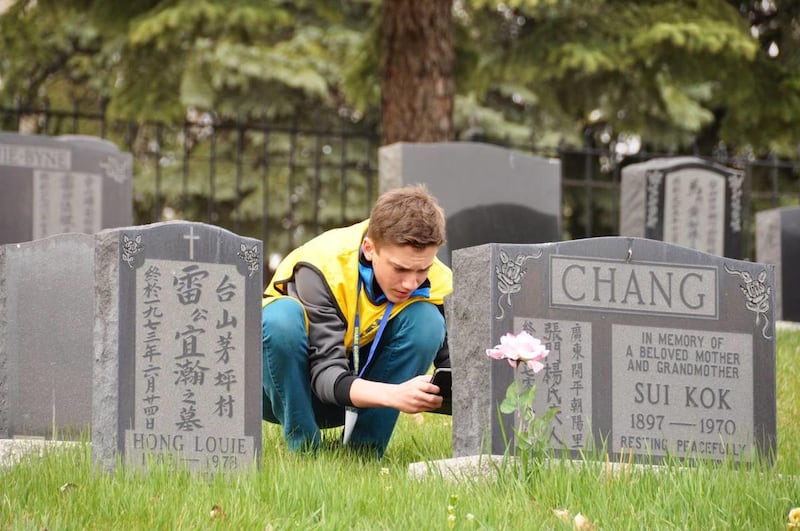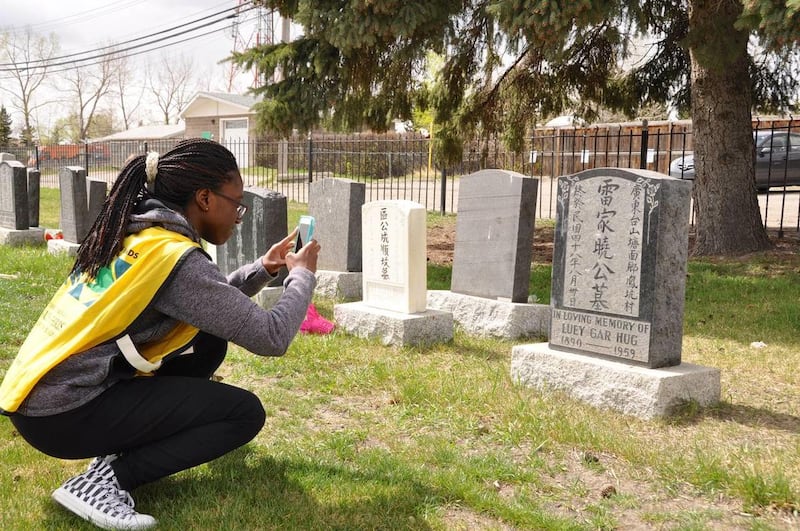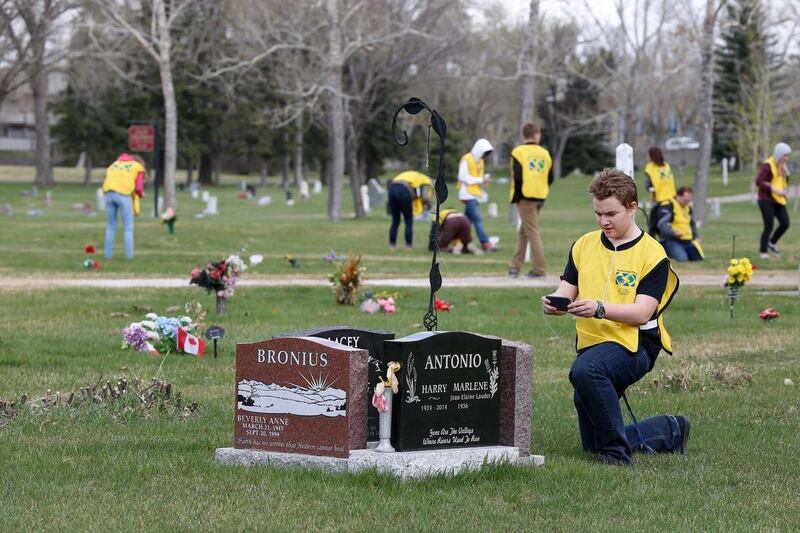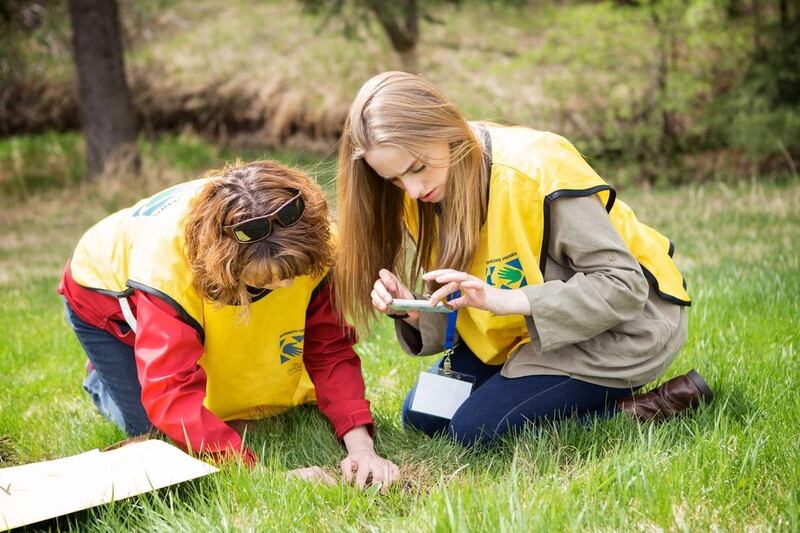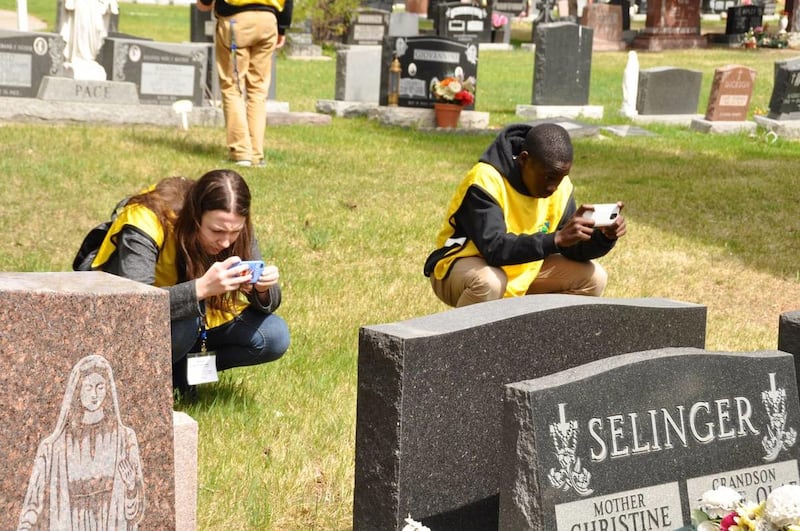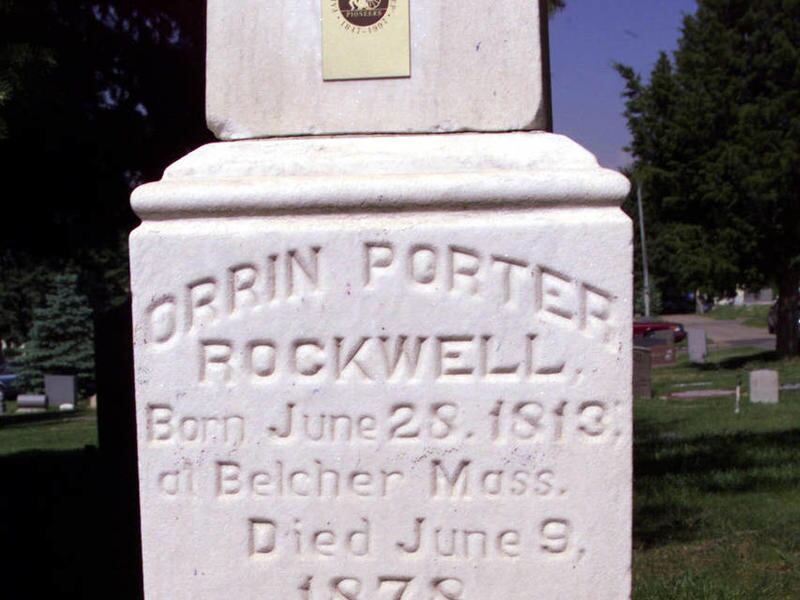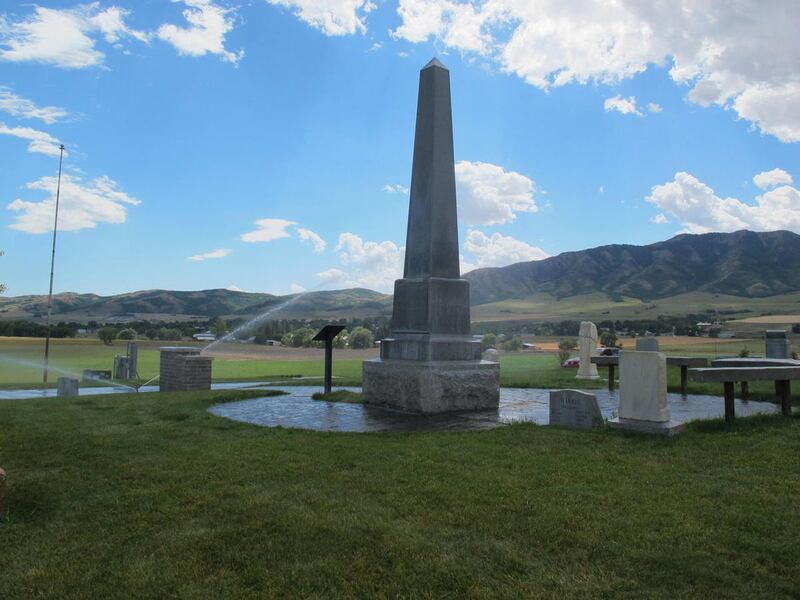On May 2, a group of 1,500 Canadian youths from five LDS stakes spent their day in cemeteries in and around Calgary, Alberta.
They were there to take pictures of headstones with their smartphones. After the photographs were uploaded to an app called BillionGraves, names and other information from the headstones were added to a database so that anyone around the world searching for their ancestors could find the grave.
Cemeteries are rich sources of family history information. And thanks to technology and volunteer efforts like the one made by these Canadian youths, that information is becoming more readily available.
“We need to remember these are names of real people, not just names on a computer or names on a headstone,” said Shawn MacDonald, the director of public affairs for the Calgary Alberta Stake. “That means something to someone somewhere.”
Cemeteries are important family history resources because headstones often include birth, marriage and death information in addition to facts about possible military service, family relationships and religion.
The youth group began its project with a goal of finding 120,000 names in six cemeteries, but it exceeded that goal and ended up finding 150,000 names.
“The youth expressed more excitement and enthusiasm than we anticipated, and many just wanted to keep going,” said Kristina Atkins, one of the adult leaders. “Some youth who had their phones run out of battery ran around and cleared graves for others taking photos and borrowed phones so they could continue. I think most all the youth present found this a really fun and engaging thing to do and felt they were part of something important.”
MacDonald said it was interesting to watch the youths teach the adults how to use the technology.
“This project helped to prove that the youth are very capable of doing these things,” MacDonald said. “The bishop in my ward was so impressed by this project, he has called some of the youth to be family history consultants.”
Toni Pilling, of the Calgary Alberta Foothills Stake, said the opportunity to use technology in family history work makes it appealing to youths.
"It gives kids the opportunity to use their personal devices," said Pilling, who helped coordinate the BillionGraves project. "It’s actually exciting for them because they get to use technology to find their loved ones.”
BillionGraves is a technology designed to speed up the process of finding names and other information from cemeteries for family history purposes. Once a picture of a headstone is taken, the words on the picture are transcribed and preserved for family history research.
“We believe that every life matters and everyone has a story that needs to be told,” said Hudson Gunn, president of BillionGraves. “Our mission is to impact family history in several ways. We aim to provide credibility to cemetery and burial records through GPS coordinates and our large coordination with local cemeteries. By collecting a digital copy of the stone, we are able to preserve these valuable pieces of history forever. In many cases, our records are the last known photos of these stones before being destroyed.”
Gunn said BillionGraves has a searchable database of more than 14 million GPS-tagged photos, which makes it the largest collection of GPS-tagged headstones in the world. New photographed headstones are added daily.
“We aim to engage a larger and younger generation of people to do family history through the use of modern technology,” Gunn said. “Instead of being asked to turn their phones off during an activity, we are asking them to turn them on.”
BillionGraves started about four years ago because, according to Gunn, there was a need in the genealogy market. Gunn said records of headstones were scattered and unreliable, and the graves themselves are vulnerable to threats such as vandalism.
“For example, there was vandalism in the Payson City Cemetery where dozens of pioneer history stones were damaged,” Gunn said. “Fortunately, we have photos of the stones in their original condition with all the information perfectly preserved for generations to come.”
Locally, the Utah Division of State History has about 600,000 burial records from more than 413 cemeteries throughout the state available online at history.utah.gov/cemeteries, according to a news release. More than 20,000 new records have been added in advance of the Memorial Day weekend.
Jennifer Davis, a genealogist from FamilySearch, a free online resource provided by The Church of Jesus Christ of Latter-day Saints, said cemeteries are great places to find and add new branches to family trees.
“Don’t forget to look for other family members in the same cemetery, since there may have been a family section of plots,” Davis said. “Many families can be pieced together by strategically searching the same and neighboring cemeteries for family members.”
Cindi Putnam of the Vernal Utah Glines Stake discovered the graves of her great-grandparents, uncle and other relatives while visiting her grandparents’ graves last year. When she couldn’t find her grandparents’ graves, Putnam asked the cemetery’s office for help.
“The lady at the desk asked if I wanted the locations of the other family members’ graves,” Putnam said. “Surprised, I said yes. Feelings of love and gratitude flowed through me as we drove to the location of the previously unknown gravesites. Having recently reread some of their stories, I was overwhelmed by the unexpected opportunity to visit their final resting places. I thought ahead to the time when I will get to meet them face to face. I thought of their legacies of faith, and my determination to follow in their footsteps was strengthened.”
According to Davis, several other resources are available to enhance the role of technology in family history, such as FamilySearch.org, FindAGrave.com and local online pages and obituaries.
Questions and comments about BillionGraves can be submitted at comm.billiongraves.com.
Email: kschwab@deseretnews.com


